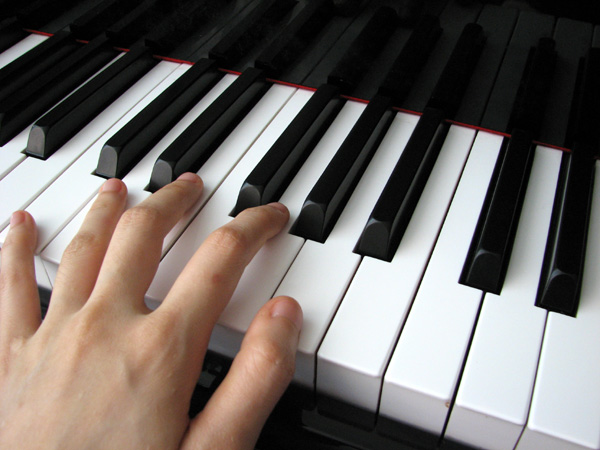How to Develop Relative Pitch

Some musicians are born with a “perfect pitch,” the ability to identify a key or pitch with flawless accuracy simply by hearing it. The rest of us must work at developing relative pitch. Having relative pitch is vital for conductors and music educators. Follow a few simple tips to help you develop relative pitch.
Things Required:
– A piano or keyboard
– Music recordings (preferably choral or vocal music)
Instructions
-
1
First, you need to determine where you are in terms of your innate sense of pitch. You can imagine “middle C” and then close your eyes. Hum the pitch that you hear in your mind.
-
2
Now you can open your eyes and start playing middle C on your piano or keyboard. Check if your guess was within the correct pitch. If it was, then you are off to a good start. Even if it was not, do not give up yet. Keep trying this repeatedly until you feel that you have memorised middle C.
-
3
Every time you practice singing or playing an instrument, try “finding” middle C in your voice. Hum the pitch you think is middle C and then check by playing the correct pitch on the piano.
-
4
Concentrate and memorise how middle C feels in your voice. The key to developing relative pitch is memorising how particular pitches feel in your vocal range. This method can take some to time to perfect so be patient.
-
5
Work on other pitches and keys when you think you are getting a good handle on middle C. Play simple melodies on the piano and hum along, memorising where each pitch “sits” in your vocal range.
-
6
Listen to recordings (preferably vocal or choral) of pieces whose keys you already know. Listen intently and hum along with them if you wish. Memorise what the different keys sound like and repeat this process until you feel that you have gotten the hang of it.







